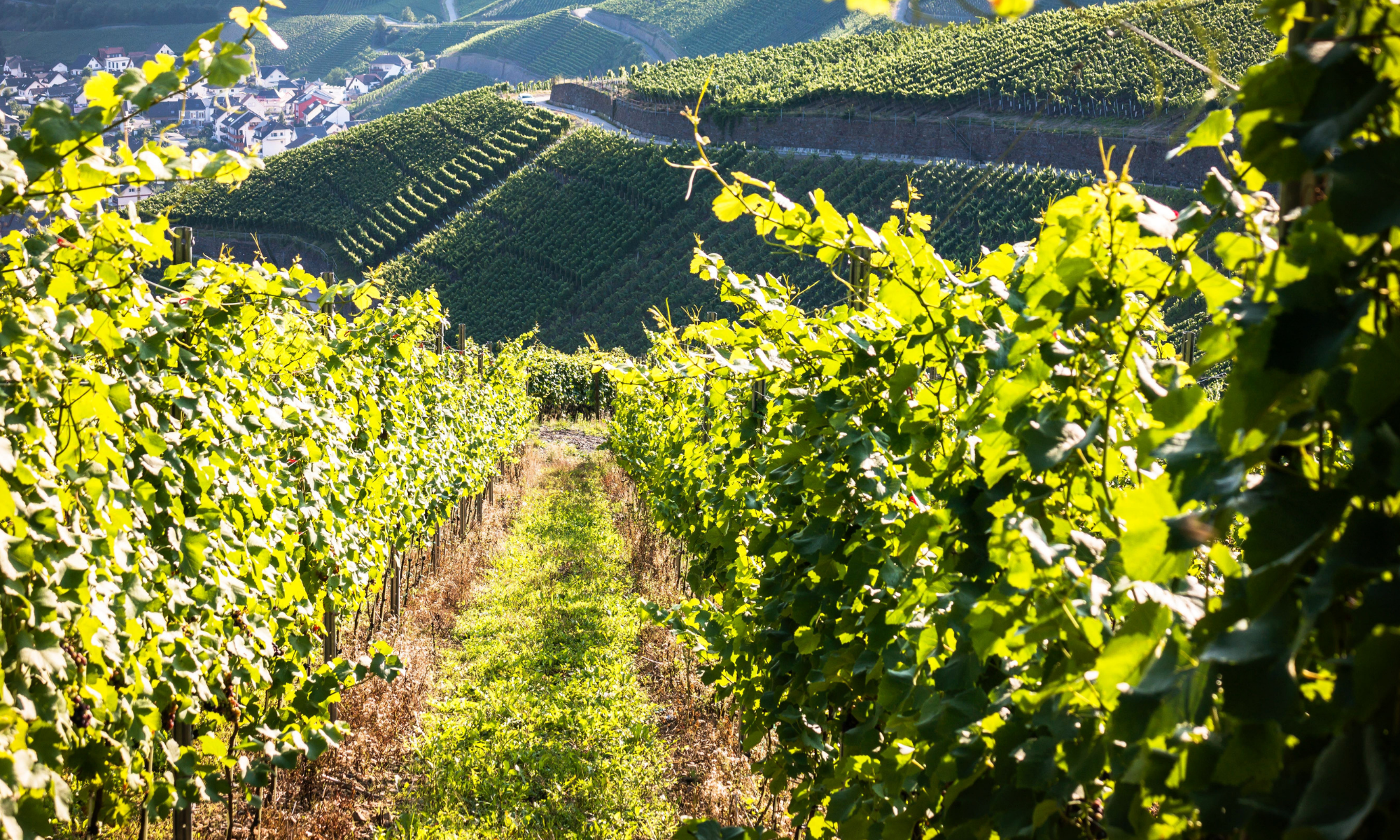 STEAM Jobs in Cybersecurity (Series: STEAM Jobs You’ll Love)
STEAM Jobs in Cybersecurity (Series: STEAM Jobs You’ll Love)
by Cynthia Argentine
48 pages; ages 9 – 13
Rourke Educational Media, 2019
Just one month ago, the computer systems in 22 small Texas towns were hacked and held for ransom. Hackers blocked access to data, effectively closing down town governments and court systems. Just a week earlier, hackers locked down computer systems for a small town library system and school system.
Like pirates, hackers held town and institutional data hostage until a ransom could be paid. Their demands: hundreds of thousands of dollars in bitcoin. Those who don’t pay don’t get their data back. Even those who do pay often don’t get all their data returned.
Cities aren’t the only victims. Hospitals, credit agencies, even individuals are increasingly facing cyber-threats. So there are plenty of opportunities for people seeking a job in cybersecurity. Author Cynthia Argentine writes about those jobs, and the importance of a STEAM education for young people hoping to go into the field.
STEAM stands for Science, Technology, Engineering, Art, and Math. Cybersecurity involves many of these subjects, from information technology to psychology and cryptography – that’s the math and science of secret codes. Art is included because musical patterns and visual art help develop creativity and problem-solving skills.
Argentine shows how hackers can get into a computer system, and shares their “toolkit of tricks”: viruses, malware, and bots. She devotes an entire chapter to designing a defense against cyber-intrusion, another to ethics
Fast Fact boxes add information about specific cyber-attacks, how computers influence our lives, and which passwords are the worst. Hint: don’t use starwars! Throughout the book she highlights STEAM jobs in cybersecurity: cybersecurity analyst, cybersecurity consultant, malware analyst, cyber-forensic investigator, security software developer, information security administrator, cybersecurity engineer and architect, and cybersecurity lawyer.
Another cool thing about this book: it’s part of the STEAM Jobs You’ll Love series. Other books in the series focus on jobs in Agriculture, Architecture, Forensic science, Game development, Robotics, Wildlife Conservation … and the list goes on. Review copy provided by the publisher.

It’s STEM Friday! (STEM is Science, Technology, Engineering, and Mathematics)
Copyright © 2019 Sue Heavenrich All Rights Reserved.


 The Lost Forest
The Lost Forest 
 The Secret Life of the Skunk (Secret Life series)
The Secret Life of the Skunk (Secret Life series)


 My Happy Year by E.Bluebird (A Nature Diary)
My Happy Year by E.Bluebird (A Nature Diary)

 The Orca Scientists (Scientists in the Field Series)
The Orca Scientists (Scientists in the Field Series)